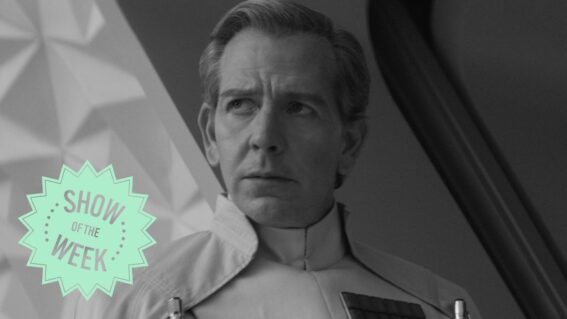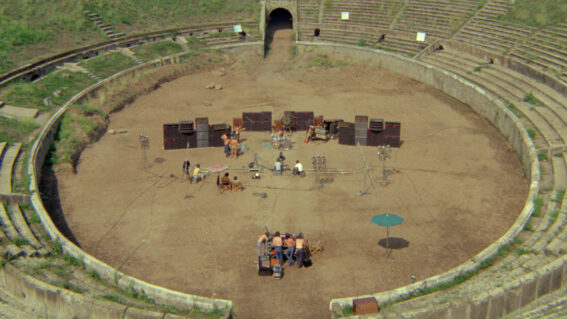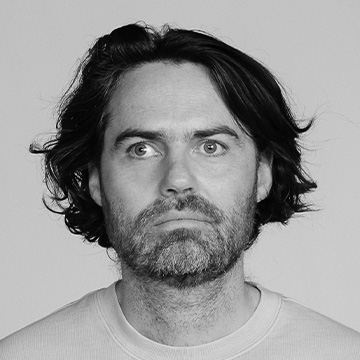Never Look Away joins other great films about extreme camerapeople
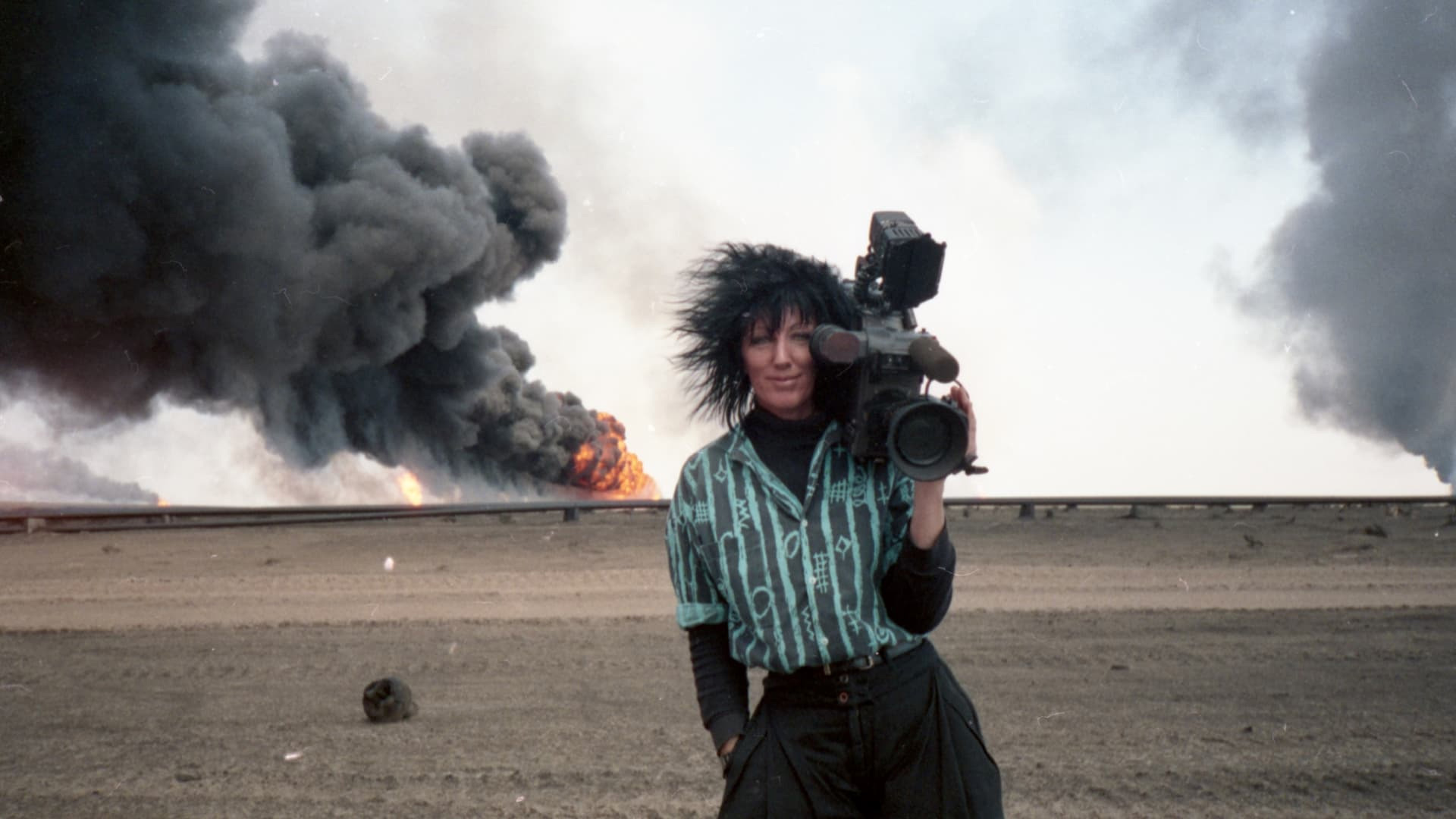
Never Look Away tells the story of CNN combat camerawoman Margaret Moth. As Liam Maguren writes, this compelling documentary joins the ranks of other great films about extreme camerapeople.
Aotearoa screen legend Lucy Lawless makes her move to directing with Never Look Away, a documentary about New Zealand-born CNN combat camerawoman Margaret Moth. You may not know her by name, but you’ve almost certainly come across Moth’s work if you were around a television set in the ‘90s.
Capturing some of the most harrowing conflicts of a generation, Moth used her camera as a spotlight to make global horrors unignorable. Lawless’ film not only illustrates Moth’s work, it also draws a compelling portrait of a swashbuckling woman with an idiosyncratic mind and titanium spine for a job that can only appeal to those drawn to danger.
It’s hard not to think of Moth as one of the most badass people the planet Earth has produced after seeing Never Look Away. The woman partied hard, loved hard, and worked hard. The men in her open relationships make up a good number of the talking heads in the doco, their recollection of the enigmatic woman coming from a sincere place in their hearts—even when they talk about her shortcomings.
Work colleagues illuminate the film further by recounting their memories of Moth and experiences with her on the field. Some of that, unsurprisingly, involves her status as a woman carving her career in a male-dominated space, but the more involving anecdotes speak of a cameraperson who risked catching a bullet to catch the important footage.
Boldness with a tinge of recklessness. That’s the thought-juggling throughline that threads Moth’s work and her approach to life. Never is that clearer than the film’s most heart-skipping moment on the battlefield, neatly told with miniatures recreating the event. For an ordinary person, this would mark the end of their story. But Moth’s no ordinary woman, and her journey pushing forward from this moment adds another layer to a stacked 85-minute experience.
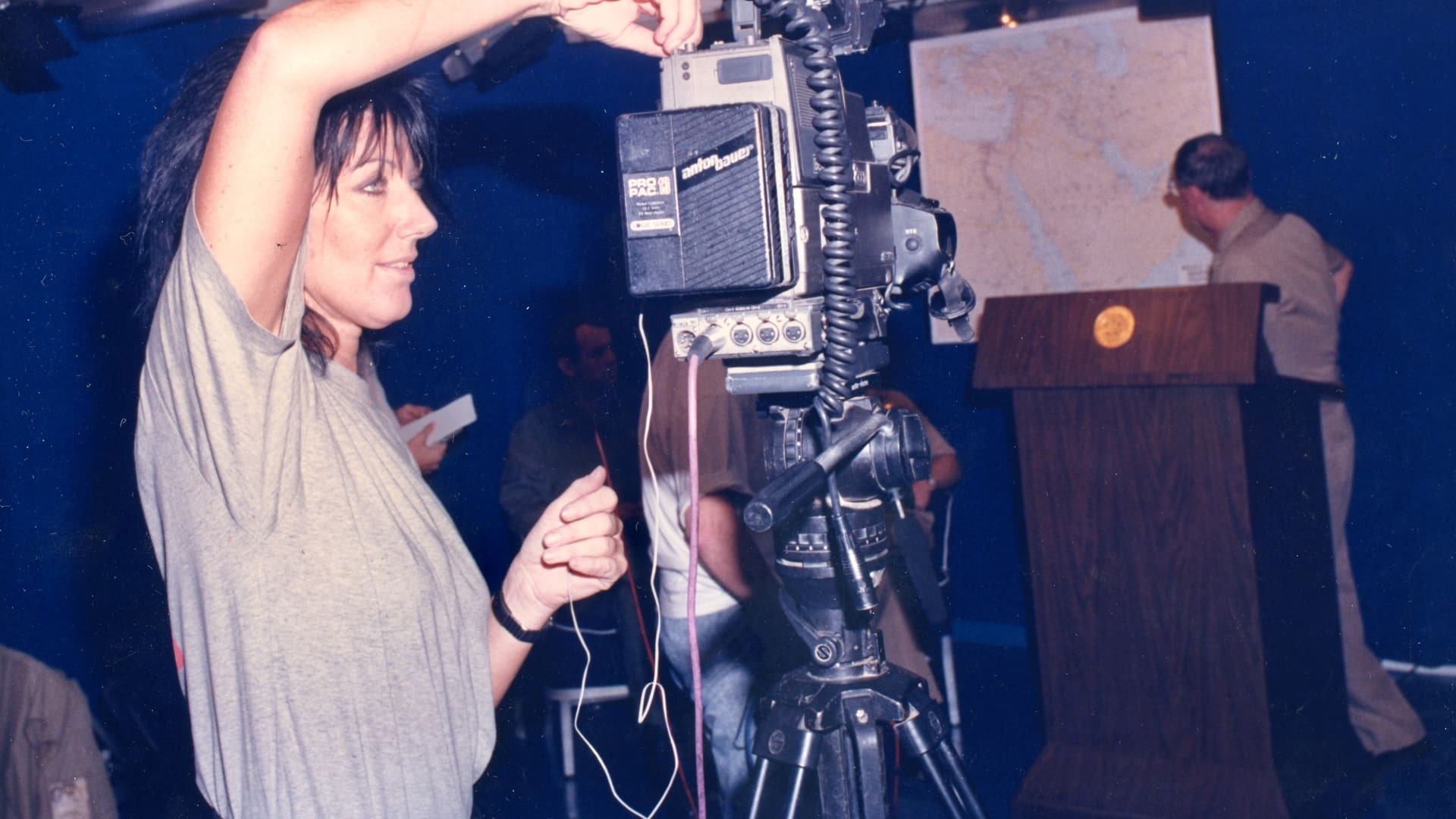
Intimate, informative, and impactful, Never Look Away sits comfortably in a stable of films that get into the minds of camerapeople drawn to subjects all-too-often safeguarded from wider society.
The recent US election has already generated enough attention to this year’s Civil War, but Alex Garland’s thriller strongly captures the psyche of war journalists. It’s hard not to think Moth would be in good company with Kirsten Dunst’s Lee, Wagner Moura’s Joel, and Cailee Spaeny’s Jessie.
And then there’s 2016’s Cameraperson by Kirsten Johnson, a film comprised of “extra” footage from the cinematographer’s career. As an insight to what draws the eye of the person with a camera beyond a well-composed shot, the moments of humanity and nature we may otherwise miss, it’s an excellent complementary experience to Never Look Away.
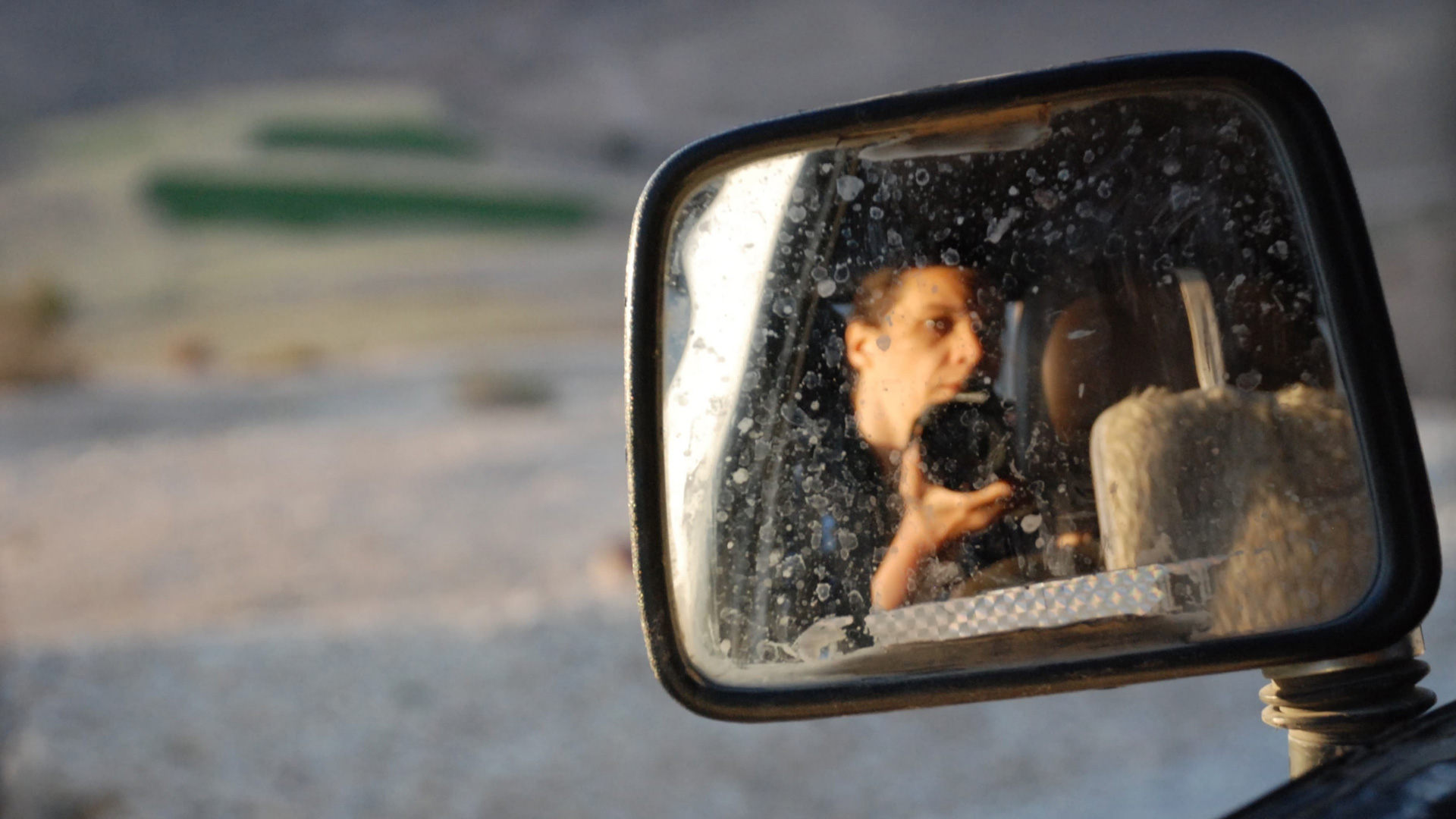
Cameraperson (2016)
Lawless’ documentary also recalled two fantastic films about two very different photographers who championed the ‘never look away’ ethos. Selina Miles’ Martha: A Picture Story details the global impact of Martha Cooper—a photographer who snapped and shared the beauty of graffiti at a time where wider, whiter, richer society poo-pooed the art form.
And Wim Wenders earned an Oscar nomination for his outstanding 2014 doco The Salt of the Earth, a stirring portrait of Brazilian photojournalist Sebastião Salgado whose 40-year-long career capturing some of humanity’s most harrowing moments mirrors the work of Moth. It’s a challenging watch that greatly rewards your time with a profoundly uplifting conclusion to Salgado’s story.














